News - Advertising
Dubai advertising industry: the perfect storm
January 25, 2018
.jpg) Advertisement
Advertisement"I believe it is one of the worst years since I arrived here, as everything is going south when it comes to investments and projects being delayed or cancelled,” says Hubert Boulos, chief executive for the Middle East at DDB Dubai. “Matters were already bad, but they got worse and anything that could have gone wrong most probably went wrong.”
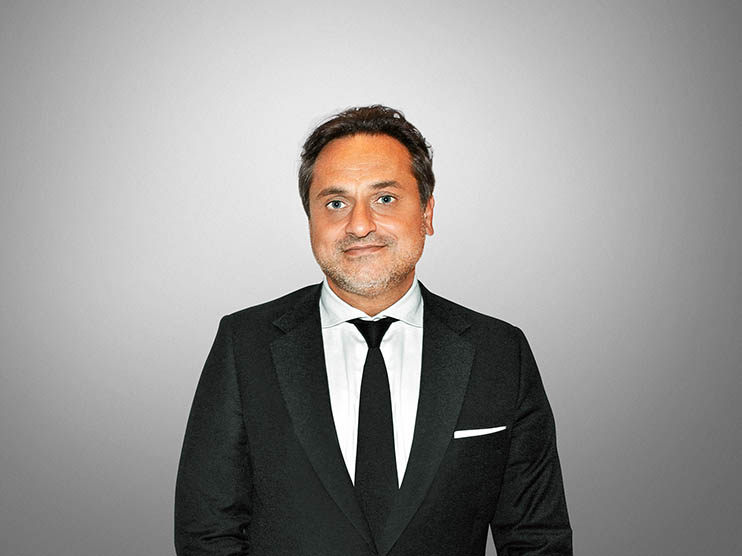
“It is one of the worst years since I arrived here, as everything is going south when it comes to investments and projects...”--Hubert Boulos, chief executive for the Middle East at DDB Dubai.
Dramatic sensationalisation of current market conditions, or sober analysis of an industry that has shrunk dramatically over the past 24 months? The latter if the majority of industry leaders are to be believed.
Nassib Boueri, chief executive of Wunderman, rattles the conditions off with ease: lower budgets; rate cuts; fierce competition; lack of visibility with regards to economic outlook per client and region. All in a year characterised by higher costs, industry fragmentation, agency restructuring and job losses.

“The industry has shrunk dramatically. All in a year characterised by higher costs, industry fragmentation, agency restructuring and job losses.”--Nassib Boueri, chief executive of Wunderman
“There’s been a 30 per cent drop on average in media spend,” says Tarek Miknas, chief executive of FP7 MENA. “So all agencies are working harder for less. There have not been any notable big pitches in 2017 and agencies and brands are cautious about change during such times. The pitches that we have seen have been primarily procurement led and either due to contractual obligation or to maintain – or sometimes lower – spend with agencies.
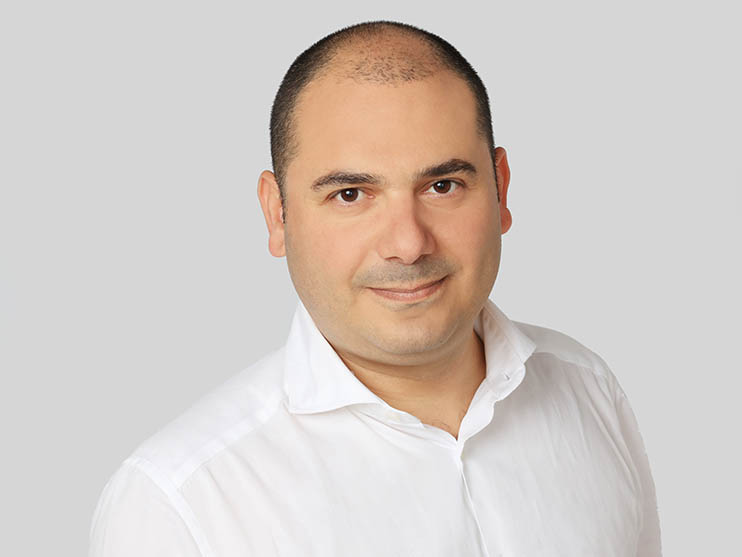
“Contract renewal and spending is flat. Agencies are simply not growing.”--Tarek Miknas, chief executive of FP7 MENA
“Contract renewal and spending is flat. Agencies are simply not growing. Digital no longer means additional revenue. It’s a part of the scope like anything else. And we’ll need to work on how we live within this new reality.
“We are the only region in the world where the ad industry is shrinking,” he adds. “And there are far more agencies than big business to sustain. But that said, my greatest concern is that we don’t adapt fast enough.”
Media agency Zenith predicted in September that advertising spend in the wider Middle East and North Africa would decrease by 18.6 per cent this year, following a 10 per cent drop in 2016. The only region in the world to witness a decline. Further falls of 6.3 per cent and 0.7 per cent are expected in 2018 and 2019 respectively. It’s not the prettiest of pictures, but only to be expected given the circumstances in which the industry operates.
Dubai and the UAE cannot be viewed in isolation. Tensions between the GCC and Qatar, the continued war in Yemen, the low price of oil (despite some gains), combined with uncertainty in Saudi Arabia following a series of high-profile arrests, have all negatively impacted the advertising and media industry.
The UAE economy may be growing but Saudi Arabia, where clients’ attention is mostly focussed, is struggling. The International Monetary Fund (IMF) expects the kingdom’s economy to grow by only 0.4 per cent this year, down from two per cent in 2016, while the collapse in oil prices has weighed heavily on overall economic growth and unemployment hovers around the 12 per cent mark.
“We have also seen an overall drop in consumer spend across all categories,” says Miknas. “All of this affects confidence and the market is cautious in its approach.”
“A reduction in consumer spend across most of our clients’ industries has created a shift in their marketing mindset, which impacts the strategies and campaigns we put in place: more low unit price offerings; more focus on illustrating value; greater push for efficiencies,” says Bronson Smithson, general manager of Havas Dubai. “This opens up new creative challenges and agencies need to respond with new creative solutions.”
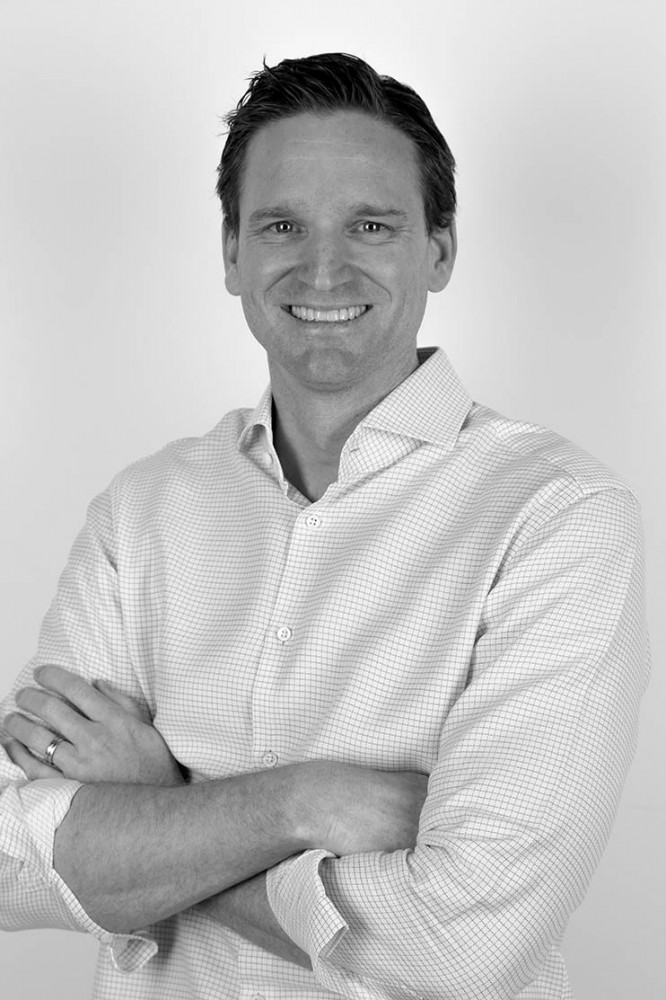
“Clients demand world-class work,” says Smithson. “If we can’t deliver, they’ll source from outside the country or from other industries. All are providing services to our clients that were once the scope of agencies.”--Bronson Smithson, general manager of Havas Dubai.
With global brands centralising budgets and reducing local spending, boutique agencies and smaller shops challenging the big networks, tactical work and activation rising in importance as crisis-thinking takes hold, and problems with cash flow pushing some outfits to breaking point, these are more than testing times for the UAE’s adland.
“The smallest companies are bankrolling the largest brands,” says Helen Rankin, strategic account director at Omobono Middle East. “It’s unsustainable. Are the brands even aware of what’s happening in their supply chain? If not, why not?

“The smallest companies are bankrolling the largest brands. It’s unsustainable.”--Helen Rankin, strategic account director at Omobono Middle East.
“Brand X contracts Network Y, who outsource to Agency Z, who contract a production house (video, print etc). Each relationship has a contract. Let’s say the payment terms are 90 days after the project is completed, and you don’t get paid until the client pays, and the project takes three months (90 days) to complete. So far the only people who need to pay at this point are the production house, who then have to wait 360 days (one year) to be paid, assuming everyone pays on time.
“I know some production houses who are still waiting to be paid two to three years after the job is complete. Remember, they have already had to pay out in advance because they have to pay salaries or buy stock etc. Some clients are pushing for 180 days payment terms. It’s disgusting and makes no sense whatsoever. We need a healthy creativity supply chain if we want to compete against Singapore, New York, Amsterdam and London as advertising leaders.”
These primarily economic concerns lie atop deeper industry transformations. As with the wider global communications industry, the UAE’s advertising and media sector is being revolutionised by new technologies and changes in consumer consumption patterns, just as different sectors battle for pre-eminence.
“Clients demand world-class work,” says Smithson. “If we can’t deliver, they’ll source from outside the country or from other industries. We see this in the changing nature of our competition – consultancies, production houses, in-house creative teams, talented influencers with smart phones. All are providing services to our clients that were once the scope of agencies.”
“Networks are being threatened by boutiques and agencies in general are at risk from in-house client teams, production companies and other communication disciplines like PR,” says Rankin. “Why complain? We have been proponents for ‘disruption’ for hundreds of years yet we haven’t disrupted our own industry. It’s about time. Change is good, embrace it. Ask what we can do better, not how can we stay where we are. The only true differentiator is an agency’s talent – its critical thinking/problem solving.”
Dzila Dik, director of client services at Grey Dubai, agrees: “There’s a lot of overlap between the roles of different agencies. Everyone is fighting for a share of the cake. While I understand the industry is going through a transformation, I’m afraid there’s not enough planning on how best to have the right skill-sets in each offering. This can lead to mediocre work where brands and agencies alike suffer in the long term.
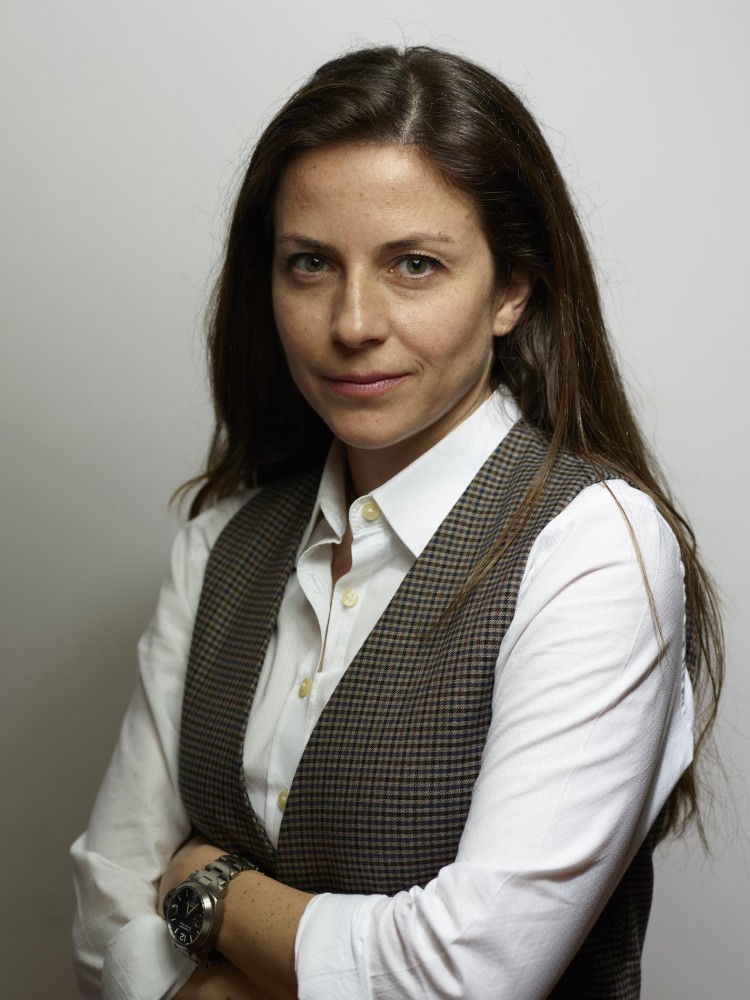
“There’s a lot of overlap between the roles of different agencies. Everyone is fighting for a share of the cake.”--Dzila Dik, director of client services at Grey Dubai
“What helps overcome this issue is to have savvy clients demand the right calibre of services and for agencies to be responsible enough to own their own areas of expertise instead of claiming they can deliver all kinds of services.”
Despite all that has been said, there is some potential source of comfort. The IMF expects the UAE’s economic growth to nearly triple next year as Abu Dhabi begins to benefit from an expected recovery in oil exports. Meanwhile, Dubai’s GDP growth alone is projected to rise to 3.5 per cent from an expected 3.3 per cent in 2017.
However, the fate of the industry rests largely in Saudi Arabia, as Dolly Saidy Makhoul, managing director of Mint MENA, admits. “Saudi is a key market for many brands in our region and the fact that it is witnessing major positive changes will hopefully pave the way for better days ahead.

“We heard lots of news about restructuring, downsizing and lay-offs due to conservative spending by clients.”--Dolly Saidy Makhoul, managing director of Mint MENA
“We heard lots of news about restructuring, downsizing and lay-offs due to conservative spending by clients. However, those of us that have been in this industry long enough know very well that it is somewhat of a rollercoaster… you have highs and lows but we are confident that it will bounce back nevertheless.”
With a lack of visibility into the near future and continuous market and economic volatility, it is difficult to assess the full potential of the coming year, although the majority err towards caution.
None of which, of course, takes into account the as-yet-unknown impact of VAT, which is to be implemented in the UAE on 1 January.
“We expect growth to remain flat in 2018,” says Miknas. “We will all continue to do more for less, and the strong players will remain where they are, preparing for a hopeful spurt in Q4 and early 2019 as we approach Dubai Expo 2020. The best we can do is to continue to support our partners, continue to build brands and make sure that our clients are seeing tangible results for every penny spent.
“I’m always positive. We are living in the most exciting times, in the most exciting part of the world. We’ll keep fighting the good fight and pushing forward.”


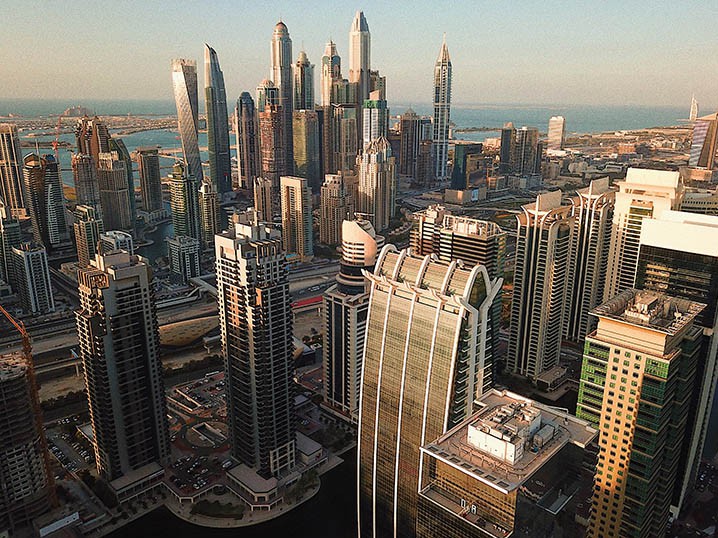
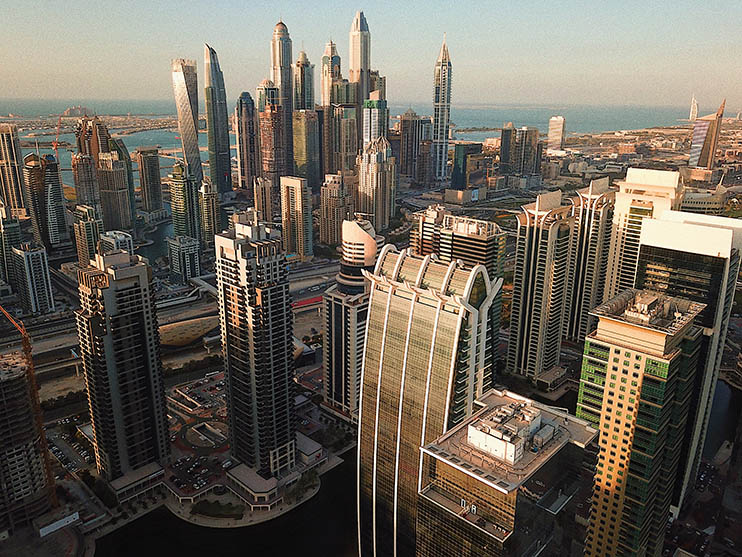
.jpg)
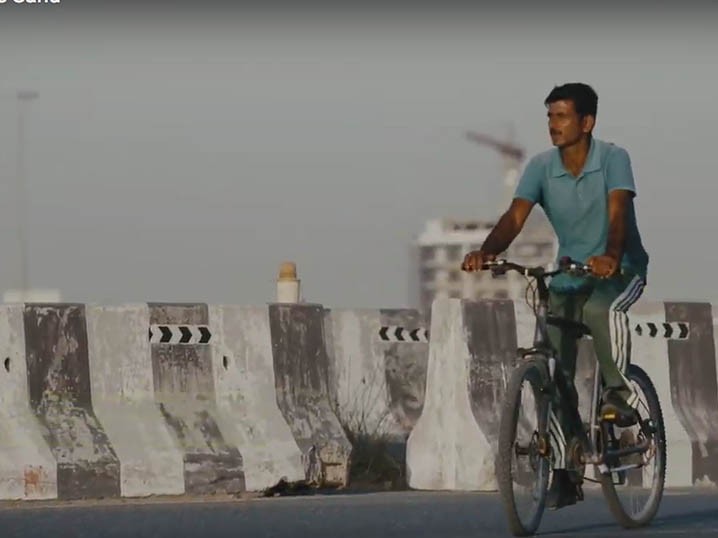


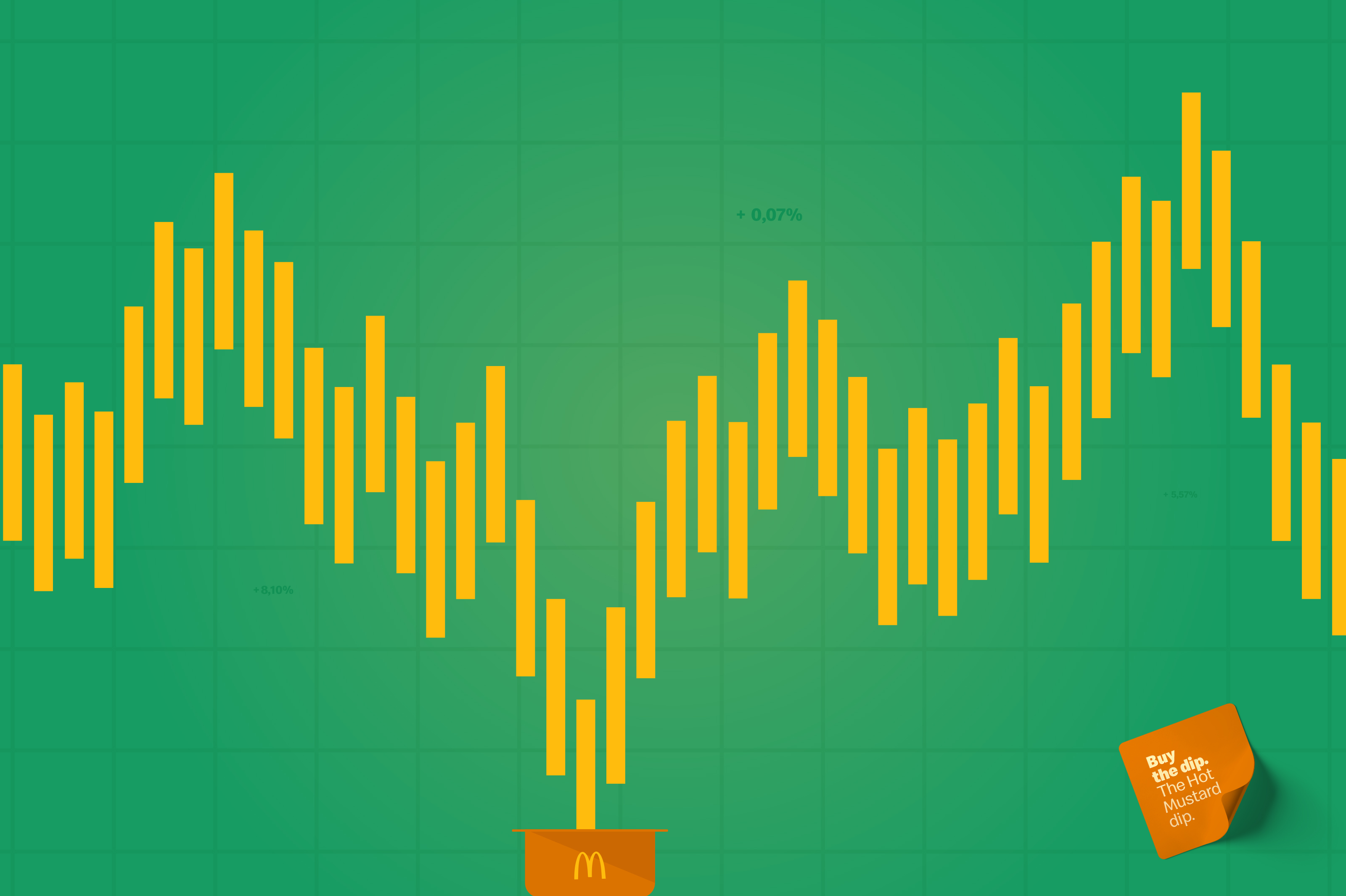
.jpg)




